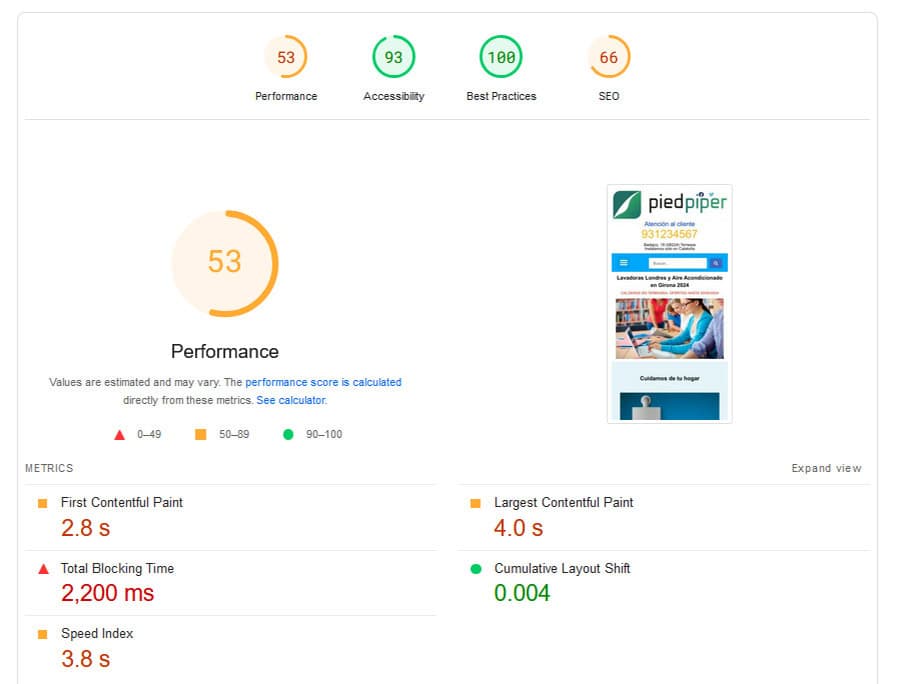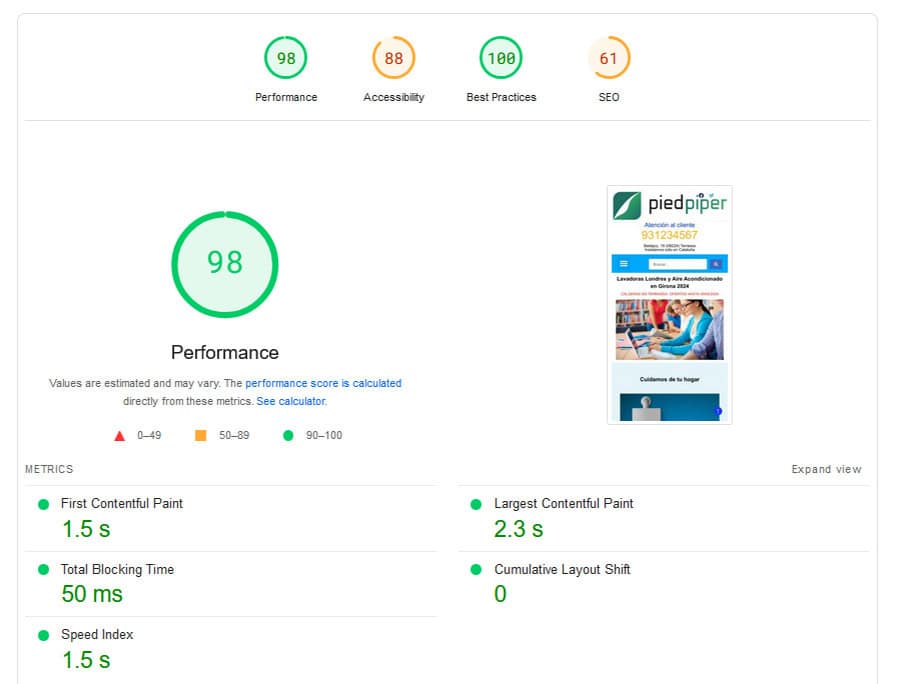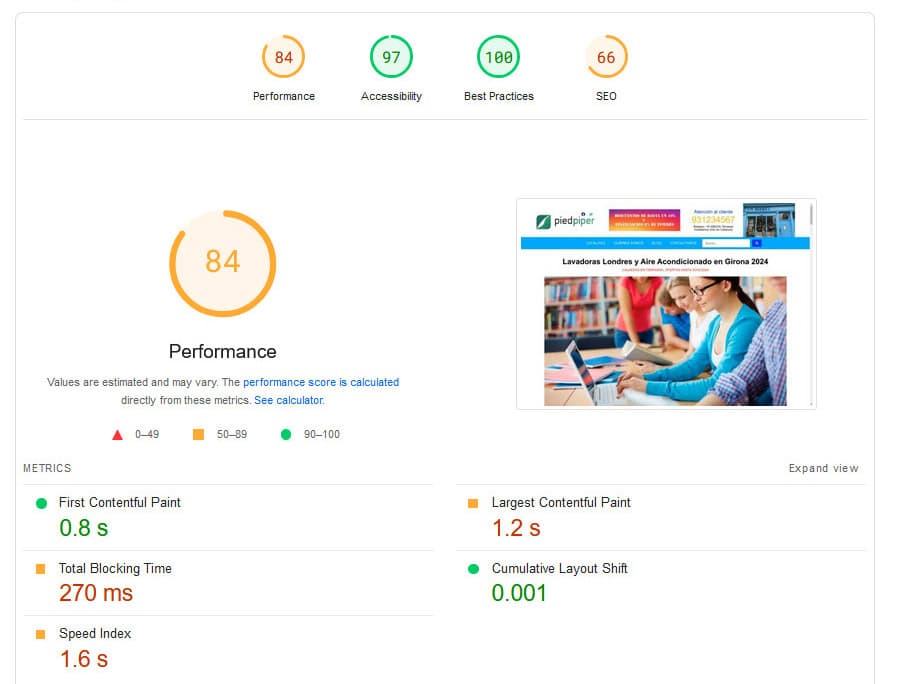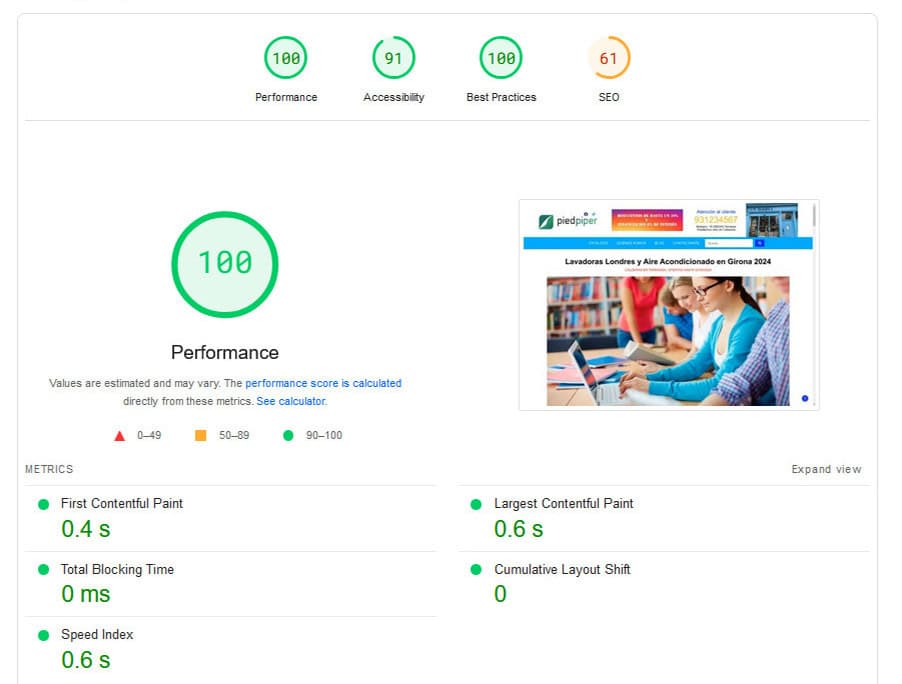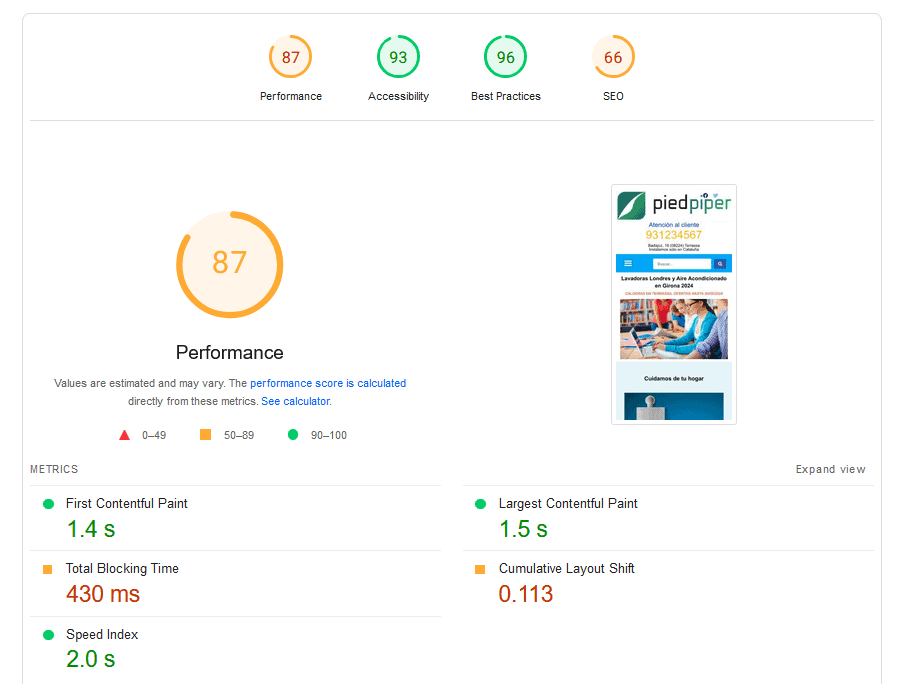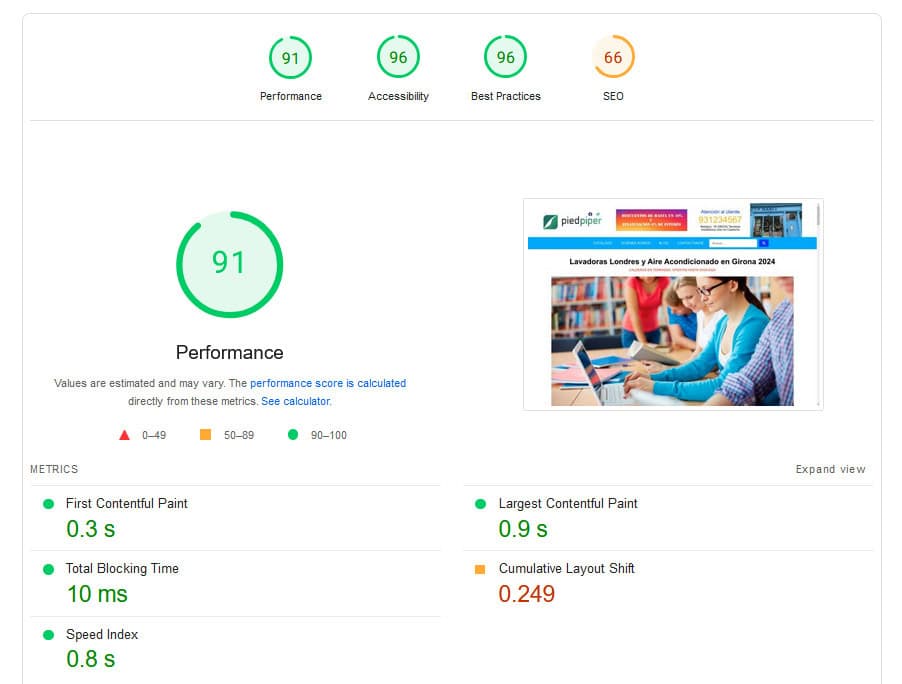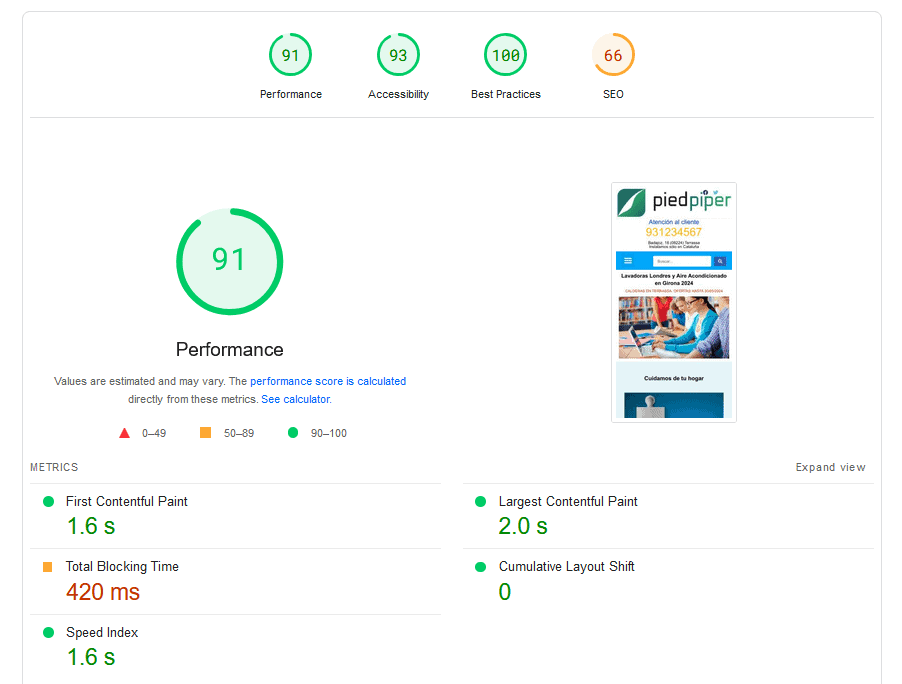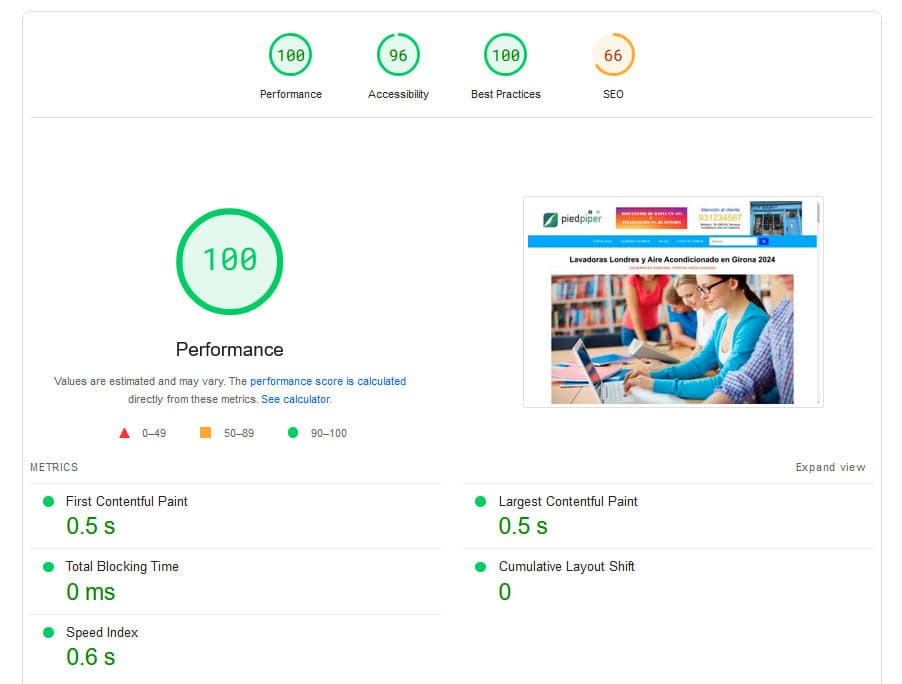3 Best WordPress Speed Optimization Services
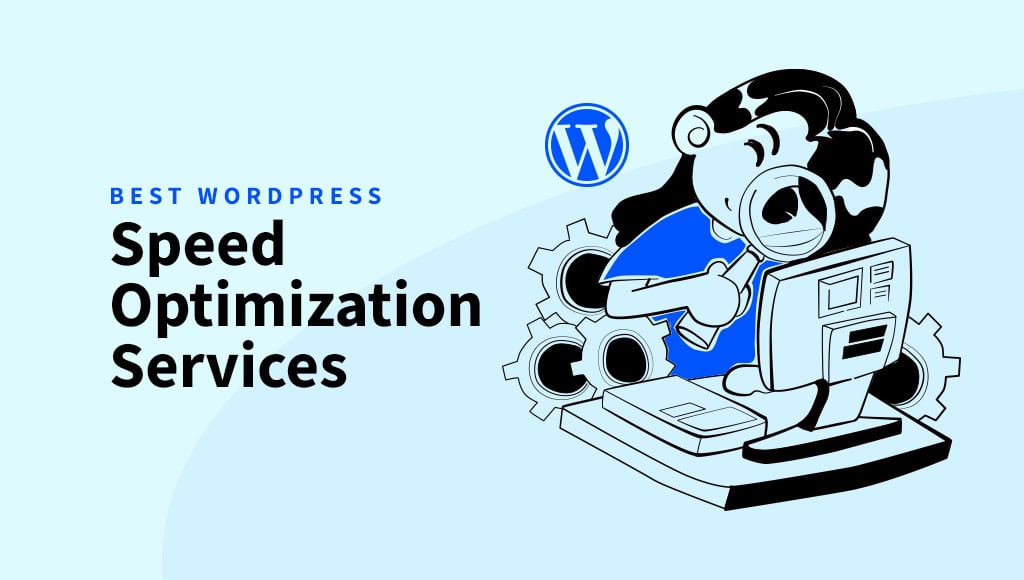
With most people browsing on their phones and expecting pages to load right over, a slow site can quickly scare away visitors and potential customers.
WordPress is one of the most popular website platforms, powering millions of sites. But even WordPress websites can become sluggish if they’re not optimized properly.
Luckily, there are WordPress speed optimization services dedicated to making sites faster and smoother.
In this post, we’ll check out such services and see how they can transform your site from slow and clunky to fast and seamless.
What slows down your WordPress website?
Let’s look at what’s actually slowing down a website.
Once you know the main culprits, you can start implementing fixes to speed things up. A good rule of thumb? Aim for a page load time of under two seconds.
Each of these issues has a solution, but the first step is identifying them. Here are the most common problems we’ve seen when evaluating our clients’ WordPress sites—and the quick, cost-effective solutions we’ve developed to tackle them:
❌ Bad hosting solution
The hosting plan you choose can make or break your website speed.
For smaller sites, shared hosting might be enough. However, you’re sharing server resources with other websites, which can lead to slower performance. For content-heavy websites, managed hosting could be a good idea.
If your site is growing, upgrading to a better hosting plan is worth considering.
❌ Unoptimized images
Bulky, large images are a common reason for slow-loading WordPress sites.
Yes, you want your visuals to look great, but if they’re not optimized, they’ll drag down your page speed. Compressing images is key here. Both the ones you upload and the extra sizes WordPress generates automatically.
❌ Not using caching
Caching is one of the most effective ways to speed up your site.
By storing a static version of your pages, caching reduces the amount of data that needs to be transferred between your browser, the database, and your server. The result? Faster load times.
I personally recommend checking out FastPixel, a cloud-based WordPress accelerator plugin that acts similarly to a caching plugin.
❌ Poorly coded plugins
Installing plugins is easy, but too many or poorly coded ones can really slow things down.
Each plugin adds extra database queries and HTTP requests, which can lead to slower loading speeds or even crashes. Stick to well-maintained, essential plugins and avoid going overboard.
❌ Too many external scripts
External scripts, like the ones added by themes or plugins, can slow down your site, especially if they’re big.
They’re part of your site’s code, so they take time to load. But optimizing these scripts can make a huge difference in speeding things up.
❌ Heavy WordPress theme
Many WordPress users go for pre-built themes, but some of them are packed with features you’ll never use.
These extra features are often unnecessary and can seriously slow down your website. If you’re not using a lightweight, optimized theme, it’s time to consider switching.
The best WordPress speed optimization services
There are plenty of services out there that can help you boost the speed of your website. However, not all services deliver the same results.
In this section, we’ll explore some top services, each tested on their own demo site that we provided to show what kind of performance boosts you can expect.
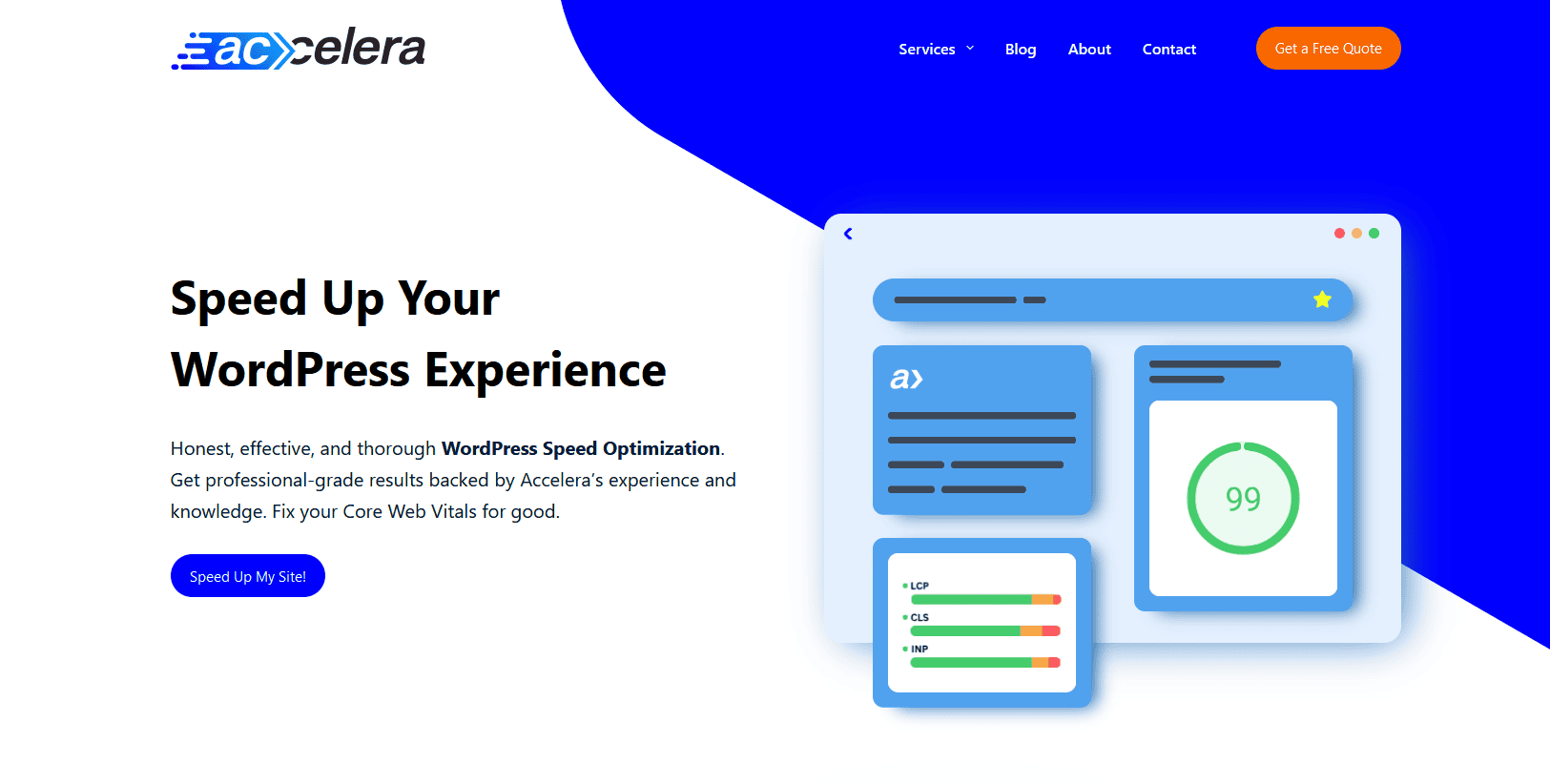
Accelera
Accelera took a deep dive into our test site’s speed issues, handling both the obvious problems and smaller tweaks that can make a big difference.
Their focus was on improving performance without breaking any functionality—especially the tricky JavaScript files, while keeping Core Web Vitals in mind. This is the reason they made sure to take some extra days to verify that everything worked properly and with no issues.
The full report is available here (some of the content is redacted for security reasons). It’s the easiest report to understand, with clear explanations on what’s been done, but here’s a quick breakdown anyway:
- Core Web Vitals improvement: Did a full diagnostic about why the Core Web Vitals are failing and made all sorts of adjustments to improve the LCP, CLS and INP as much as possible.
- Plugin updates & cleanup: Updated all plugins to the latest versions, removed unnecessary ones, and replaced heavier plugins with lighter alternatives.
- Database optimization: Cleared out irrelevant data, reduced the size of autoloaded options by almost half, and optimized the database tables.
- Image optimization: Compressed images and converted them to WebP with ShortPixel Image Optimizer. They also set up lazy loading for non-critical images and preloaded the key ones.
- Cache management: Swapped out WP Rocket for LiteSpeed Cache, better suited for the server being used.
- Performance optimization: Minified and deferred JavaScript and CSS, while making sure the website’s look stayed intact.
- Asset management: Disabled unnecessary assets from plugins on pages where they weren’t needed.
- Miscellaneous: Replaced WP-Cron with a server cron to avoid bottlenecks, tweaked Elementor settings, and recommended fixes for pre-existing console errors.
- Avoided a CDN: Yes, even though a CDN is usually recommended for speed improvement, Accelera states that most real-world CDN benefits are noticeable with high traffic spread across the world. That’s why, for a local site with low traffic, the best results may come without a CDN—provided the server is powerful enough.
Accelera’s optimization transformed the site, making it faster and more efficient, while keeping everything working smoothly.
Here are the before and after results after a PSI test:
| Metric | Before | After | Improvement |
|---|---|---|---|
| FCP | 2.8s | 1.5s | 46% |
| LCP | 4s | 2.3s | 42.5% |
| Total Blocking Time | 2,200ms | 50ms | 97.7% |
| Speed Score | 53 | 98 | 84.9% |
| Metric | Before | After | Improvement |
|---|---|---|---|
| FCP | 0.8s | 0.4s | 50% |
| LCP | 1.2s | 0.6s | 50% |
| Total Blocking Time | 270ms | 0ms | 100% |
| Speed Score | 84 | 100 | 19% |
Get professional-grade results
Boost your WordPress site’s loading speed with Accelera.
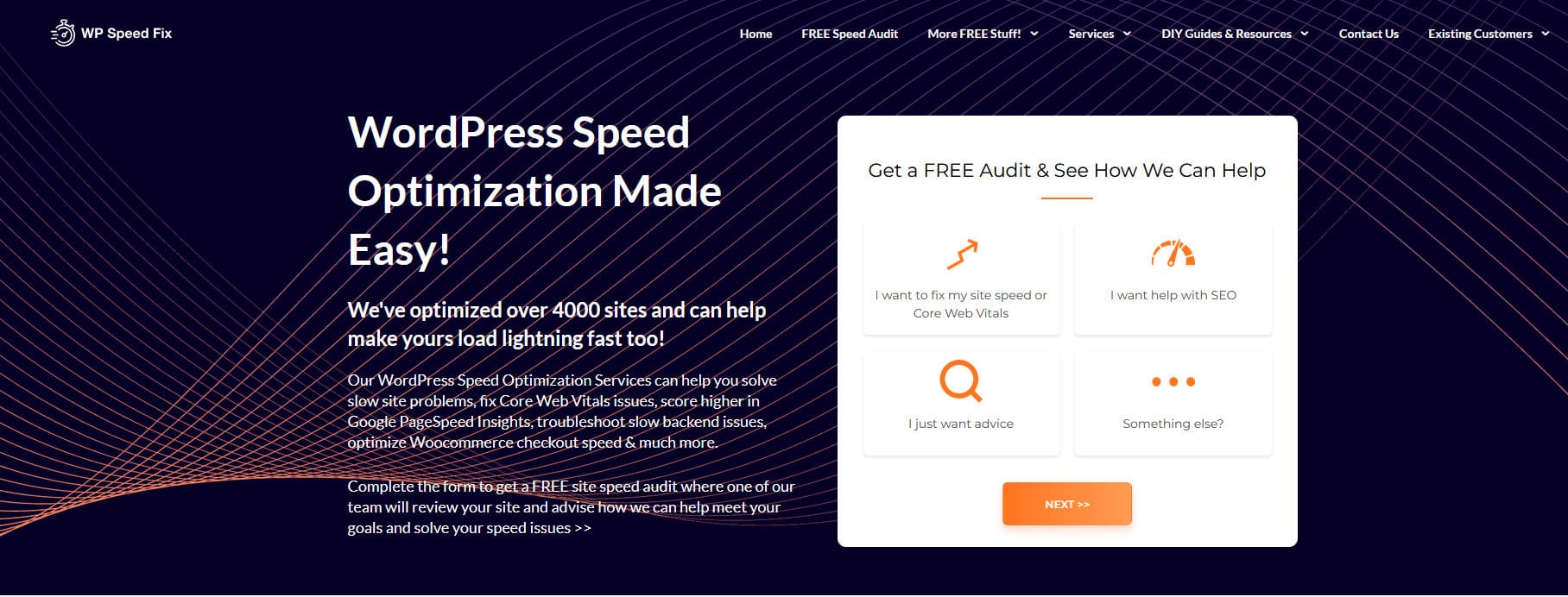
WPSpeedFix
WP Speed Fix took a unique approach to optimizing our test site, focusing on real-world performance rather than aiming for high scores on tools like PageSpeed Insights or GTMetrix.
Their method centers on improving Core Web Vitals, particularly by leveraging tools that offload work from the hosting server.
Here’s what they did:
- Core Web Vitals focus: They optimized LCP, CLS, and INP to ensure a smooth user experience. They aimed to enhance real-world performance, not just score high on tools like PageSpeed Insights or GTMetrix.
- Flying Pages & Speculative Loading: These plugins for WordPress were used to prime the page cache and improve loading times. However, they caused some intermittent issues with server performance, resulting in occasional “flat spots” and high TTFB due to possible PHP worker limits or other performance constraints.
- Cloudflare considerations: Typically, WP Speed Fix would rely on Cloudflare’s APO and WAF rules to offload work from the hosting server, handle brute force attacks, and manage caching more effectively. For this demo, they used EWWW Optimizer for CDN services, though it’s less ideal for SEO due to running a CDN from a different domain.
- Optimization balance: They aimed for a balance between speed and functionality, avoiding overly aggressive optimization that could break WooCommerce features or negatively impact SEO. While more aggressive JS and CSS optimizations could have improved test scores, they chose a more cautious approach to maintain site reliability and functionality.
- Future steps: In a production setting, WP Speed Fix would use their Vital Signs Tracker tool to monitor Core Web Vitals over a week and address any issues that arise.
Despite some hosting limitations, they managed to bring desktop performance scores to 90-100, but they emphasized that in a real-world setting, long-term tracking of Core Web Vitals would be key to maintaining this performance.
Here’s the PSI before and after results:
| Metric | Before | After | Improvement |
|---|---|---|---|
| FCP | 2.8s | 1.4s | 50% |
| LCP | 4s | 1.5s | 62.5% |
| Total Blocking Time | 2,200ms | 430ms | 80.5% |
| Speed Score | 53 | 87 | 64.2% |
| Metric | Before | After | Improvement |
|---|---|---|---|
| FCP | 0.8s | 0.3s | 62.5% |
| LCP | 1.2s | 0.9s | 25% |
| Total Blocking Time | 270ms | 10ms | 96.3% |
| Speed Score | 84 | 91 | 8.3% |
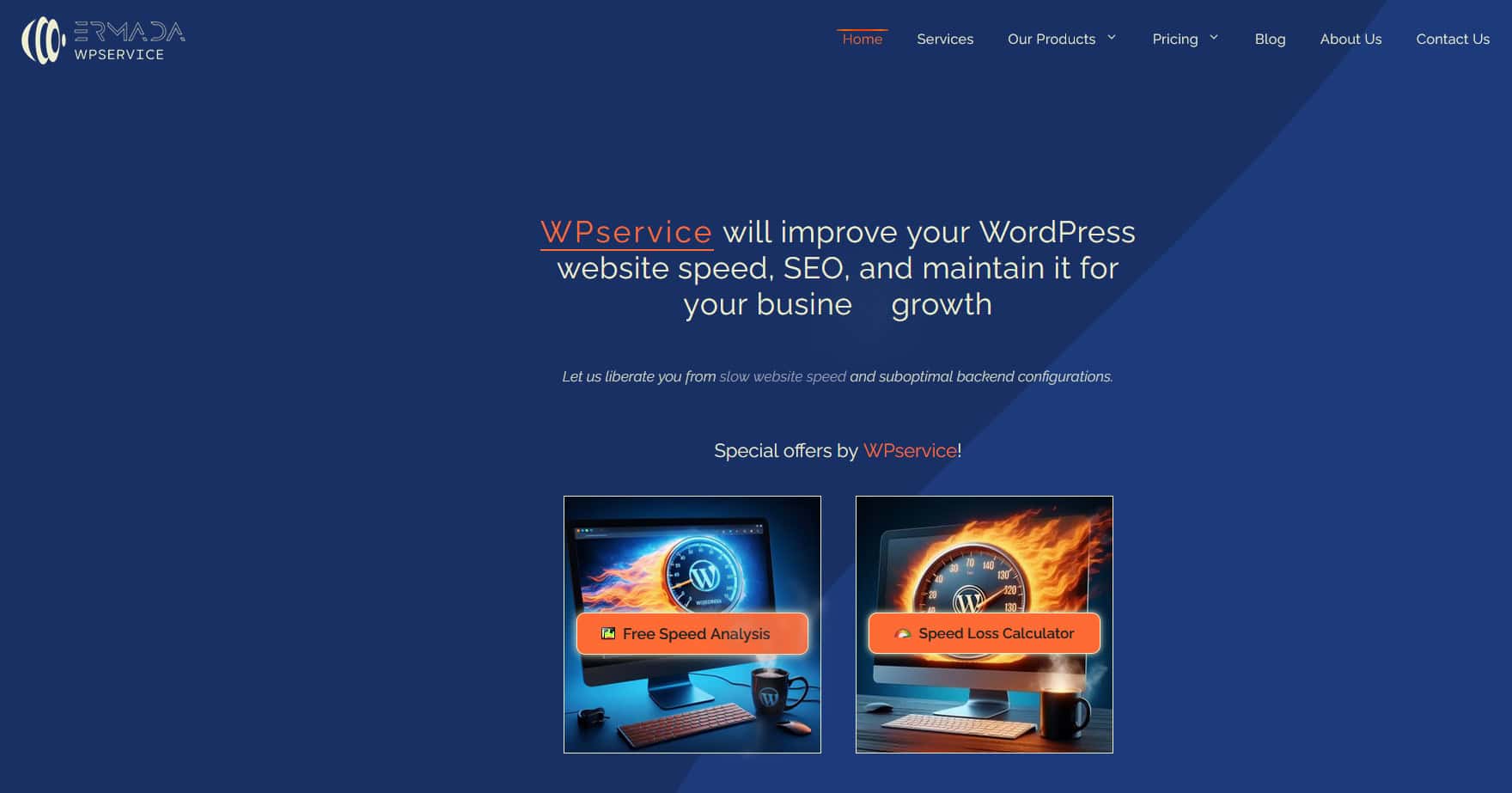
WPService.pro
WPService.pro also took on the challenge of optimizing our demo site, and the results speak for themselves.
They were the first to complete the optimization, finishing everything in just one day.
On top of that, they provided the most comprehensive report. You can view the full report, but let’s take a look at their approach and the improvements they made in short.
Before optimization, they mentioned the site struggled with outdated code and sluggish performance, especially on mobile devices. Initial tests revealed significant issues, including a slow Time to First Byte (TTFB) and high Largest Contentful Paint (LCP) scores.
Here is what they did:
- Updated plugins: They updated to the latest versions of Perfmatters and WP Rocket, fine-tuning settings for lazy loading, file optimization, and database cleanup.
- Image optimization: Switched from Smush to EWWW IO for bulk image optimization and converted images to WebP format.
- Clean-up: Removed unnecessary plugins and a slider image from the homepage, opting for a fixed hero image instead.
- Database: Checked and managed the database autoload size and made necessary updates.
After their work, the Google PSI score for mobile jumped from 57 to 91 — a huge improvement. On WebPageTest, they brought the LCP down to 2.39 seconds, while also cutting the number of requests and reducing page size.
For future maintenance, they recommend uploading images in WebP format to keep things running smoothly. Keeping a clean database, along with only necessary themes and plugins, is also a good idea. They also suggest looking into alternatives to Akismet and Jetpack for a performance boost.
The site now runs much faster without losing any functionality or breaking visuals. WPService.pro backs their work with a one-month guarantee and is available for future optimization or support.
Here are some screenshots of the PSI before and after results:
| Metric | Before | After | Improvement |
|---|---|---|---|
| FCP | 2.8s | 1.6s | 42.9% |
| LCP | 4s | 2s | 50% |
| Total Blocking Time | 2,200ms | 420ms | 80.9% |
| Speed Score | 53 | 91 | 71.7% |
| Metric | Before | After | Improvement |
|---|---|---|---|
| FCP | 0.8s | 0.5s | 37.5% |
| LCP | 1.2s | 0.5s | 58.3% |
| Total Blocking Time | 270ms | 0ms | 100% |
| Speed Score | 84 | 100 | 19% |
Conclusion
To wrap things up — if your WordPress site feels like it’s stuck in slow motion, don’t worry, help is at hand.
There are various WordPress speed optimization services ready to swoop in and save the day. They tackle everything from slow hosting and giant images to bloated themes, giving your site the performance boost it needs.
So, if your site’s moving slower than a Monday morning, now might be the perfect time to invest in professional speed optimization. Your visitors, and your sales, will thank you!
If you are a speed optimization service and want to get featured in this post, feel free to get in touch.
